Tips For Build Up The Tension
Tips for Build up the tension
Introduce a mysterious character or event that captures the reader's interest from the outset, like a protagonist receiving a cryptic message or stumbling upon a hidden artifact.
End a chapter with a sudden revelation or a character in peril, leaving readers eager to find out what happens next. For instance, a chapter ending with the sound of a gunshot but without revealing who fired it.
Drop hints about future events or conflicts throughout the story, such as a character experiencing recurring nightmares that seem to foretell danger.
Introduce friction between characters with opposing goals or values, leading to heated arguments or tense standoffs.
Use a narrator with a skewed perspective or hidden agenda, causing readers to question the accuracy of the events described.
Describe the setting in a way that evokes a sense of foreboding or unease, like a dark, abandoned mansion shrouded in mist.
Gradually unveil the protagonist's backstory or a central mystery piece by piece, keeping readers guessing and eager for more revelations.
Subvert genre conventions or tropes to keep readers guessing, such as portraying a seemingly trustworthy character as the ultimate villain.
Incorporate unexpected plot twists or betrayals that challenge the protagonist's assumptions and force them to adapt.
More Posts from Lune-versatile and Others
we always say that writing improves with practice, which is true & good to remind people of, but i think we fail to emphasize that literally every part of your writing will get better with time and effort. sure, your prose will become clearer and more sophisticated, but it’s so much more than that.
you’ll become so much faster, for one thing. if it takes you two weeks to complete a 3k chapter when you start out, you’ll eventually reach a point when you can crank that out in a matter of days. maybe right now your story ideas are like a dripping faucet–slow, random, and occasional. well, the longer you let that faucet run, the more your ideas will start to flow, until suddenly you’re finding inspiration in everything. the length and complexity of your stories will grow too. you might start writing stories in the 2-10k range, but you’ll eventually find that you’re writing 20-30k stories without even really intending to.
of course your style will improve. of course your imagery will become richer. of course your syntax will start to flow better. but there are so many other aspects of the writing process, and literally every single one of them will start getting better too.
Writing Tips/What Beta Readers Taught Me
Since I’ve been learning a lot from my beta readers, I’d thought I’d share what I’ve learned (and just some general writing tips) here. (Mind you, this is just off the top of my head so not everything from the beta notes is included.)
- Besides themes find the “glue” that hold your story together. For example, in Avatar: The Last Airbender, the glue was the Fire Nation War (and trying to stop it). This main goal was present throughout all four seasons, including in the side-quests. All characters had different motivations for teaching Aang, but the war kicked off all the events and was why Aang was learning the elements to begin with.
- In order to help the characters feel more like real people, have them react differently to the same event. For instance, when a character dies, Person A could be sad about it while Person B could be angry.
- Don’t be afraid to extend out scenes for tension.
- Have your character asks questions. Especially if they’re new to a place/culture.
- If you want to do a twist, drop small clues leading up to it, so it won’t come out of nowhere.
- Don’t have the characters share everything with each other.
- For research, try to find a video/source with a first-hand experience. For example, for anxiety, try and find a video with a person talking about what its like to have anxiety.
- It’s always good to have a second pair of eyes of your writing.
- When it comes to descriptions, use the five sense to help draw the reader in. Namely touch, sight, smell, hearing, and taste.
- Have the character’s choices impact the plot, not the other way around. For instance, Aang running off after learning he was the Avatar was what allowed the Fire Nation to succeed in the war.
- Find the main theme of your story (see chart) and revolve everything (character arcs, chapters, etc.;) around it. This will help cut out fluff chapters and make the writing more cohesive.

Writing Tip!
An easy way to tell if you’re showing instead of telling is how much you’re using is/was. My English professor explained this to me a few semesters ago, and while he just wanted varied sentence structure in my papers, it also works very well for creative writing.
This isn’t to say that is and was are bad verbs, but rather that they are very basic and do not express anything beyond the fact that something exists. Sometimes, that’s all you need to know in a sentence, but often, the writer can make the story or the characters more engaging by explaining who someone is, what something is, where something is, when something is, why something is, or how something or someone is more powerfully by using one of a few tactics.
The first method is to use strong verbs. “Strong verbs” is a term that gets thrown around a lot, but a strong verb is simply a verb that explains what action is happening as clearly as possibly. For instance, when one “jumps” off the diving board, the reader doesn’t know how the person jumped, but the reader will be able to more clearly see the action if you write “she dove” or “he cannonballed” or “she belly-flopped.” Be aware of who is reading your writing and who the narrator is. In general, if your target demographic probably doesn’t know the word or if your narrator wouldn’t know the word, use a simpler, less precise verb and use adverbs to make it specific.
Another way is to show why the narrator was saying “it is/she was/there is” in the first place. Think of the is/was statement as the disease. You want your reader to guess the disease, so you start describing symptoms. For instance, “She is mourning her husband.” vs. “She stared at the empty seat at the table, unfazed by her mother’s repeated attempts to get her attention.” This way is more rambly than just swapping boring verbs for strong verbs, but it is a good way to show the narrator’s experience in life, the narrator’s biases, the narrator’s emotional state, etc.
One other way is to make the object of the sentence the subject instead. This just means that whatever “is/was” is now what the sentence is about. This is a simple fix in cases when the object is doing something in the sentence. Instead of “There was a ball rolling past her feet.” write “A ball rolled past her feet.”
Let me illustrate:
How you can use varied word choice to show who is being talked about:
Bland: Jason’s dad was standing in front of Jason.
Engaging: His dad loomed over him.
By using a stronger verb, the more hostile loomed, the reader gets a better idea of who Jason’s dad is and how Jason feels about him.
How you can use varied word choice to show who is talking:
Bland: Macy was sitting at the edge of her seat.
Engaging: Macy balanced very carefully at the very edge of the seat so her feet could touch the floor, because Macy was a very big girl now.
The POV character is a young girl at an age where she wants to be perceived as older than the height of chair legs and the lack of height of her own legs will let her be. She also refers unironically to herself as a big girl in her own thoughts, something grownups generally do not do. By expanding on the reason for the action instead of the action itself and with careful word choice, you can set the tone of the character and of the story.
How you can use varied word choice to show what something is:
Bland: That is a tree branch blowing against the window.
Still bland but better: A tree branch blew against the window.
Engaging: The branch smacked against the window.
This is an example of taking the object (the thing in the sentence that the verb is happening to) in this case “branch” and make it the subject. In the still bland but better version of the sentence, the fact that the tree branch is blowing against the window is obvious, but that doesn’t tell us anything about how the narrator feels about what the tree branch is doing. That tells us what, but it does not tell us what the character feels about this thing. Smacked is a more violent, sudden, startling verb that communicates suddenness, surprise, and unease.
How you can use varied word choice to show where something is:
Bland: The phone was on the far side of the nightstand.
Engaging: She flopped an arm blindly across the nightstand, but her fingers hit empty air just shy of the faint glow of her phone.
The engaging version of this sentence tells you more about the character’s mental state, fatigued, while also communicating where the phone is. Also, using a more descriptive word like flopped gives the reader a clearer mental image of what is physically happening in the scene.
How you can use varied word choice to show when something is set:
Bland: It was the early two thousands.
Engaging: Jana looked around the room and saw many a teenage male heinie, but not a belt among them.
Noting fashion trends, like sagging pants or hoop skirts, can reinforce the time period that you’re writing in and how the narrator fits or does not fit into that time period.
How you can use varied word choice to show when (what time) something is:
Bland: It was seven P.M. on a summer night.
Engaging: He watched the sun dip below the far reaches of the ocean as he wiped the sweat from his brow.
The engaging version of this sentence uses a few details to show about what time and when in the year this sentence takes place: it is sunset, so the exact time isn’t stated, but the rough time is implied; the ocean does exist at times of the year when humans aren’t on it as much (and here I though the entire state of Hawaii disappeared between September and April) but most readers will associate the beach with summer; and if the reader didn’t get the clue about the traditionally seasonal location, it is hot enough to make the main character sweat.
How you can use varied word choice to show why the narrator believes something:
Bland: Kai is a good friend.
Engaging: Kai held her hair away from her face as she threw up into the toilet bowl for the fourth time that night.
Anyone can say anything about anyone else, but the best way to get a reader to like a character, an idea, or a thing is to show them why they should like that thing. Instead of making bland moral claims like “Love is stronger than hate.” tell me how the Samaritan stopped to save the Jew, or how the enemies put aside their differences to protect what they care about. Instead of saying “He was scared of his dad.” show me the beer cans and the slurred speech, show me the belt falling and the voice yelling. Show the reader why.
How you can use varied word choice to show how something is:
Bland: The woman was looking at him.
Engaging: The woman ogled him.
Strong verbs again! Use strong verbs that are emotionally charged when you’re talking about emotionally charged situations! Being ogled is an uncomfortable sensation for the person being ogled, and it also shows disrespect on the part of the person ogling.
Keep in mind that these are guidelines! Sometimes is is the best word for the job, and don’t stress if you have a lot of is/was in your stories. Just because they’re bland doesn’t mean that sometimes you need bland verbs to communicate what you want to communicate. Still, you don’t want vagueness to be your crutch, either. Practice showing instead of telling when showing is more important, but have fun with it! Besides, you can always edit whatever you hate or are unsure of now sometime later.
Don’t sweat! Go write awesome papers and stories!
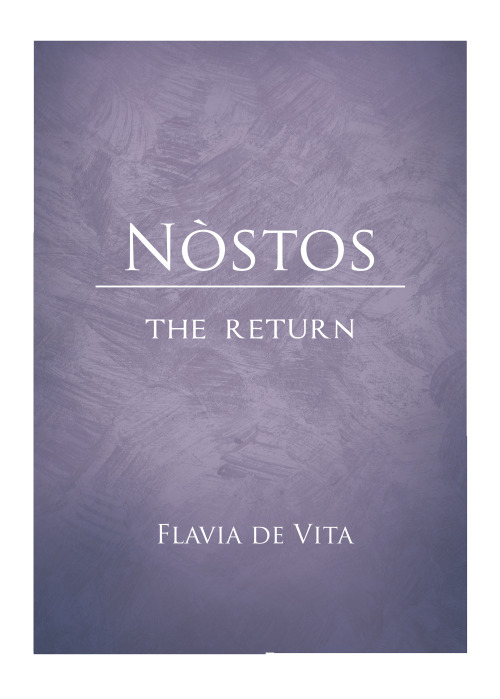
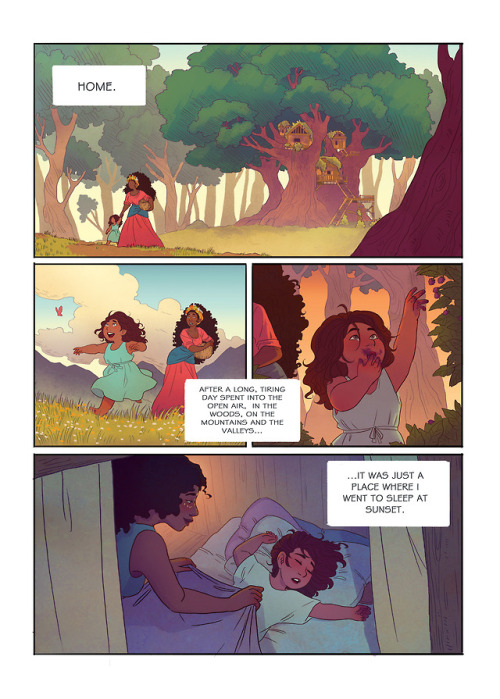
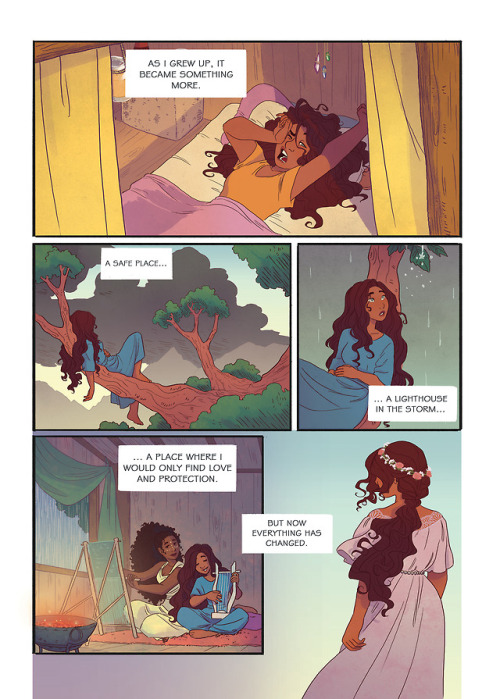
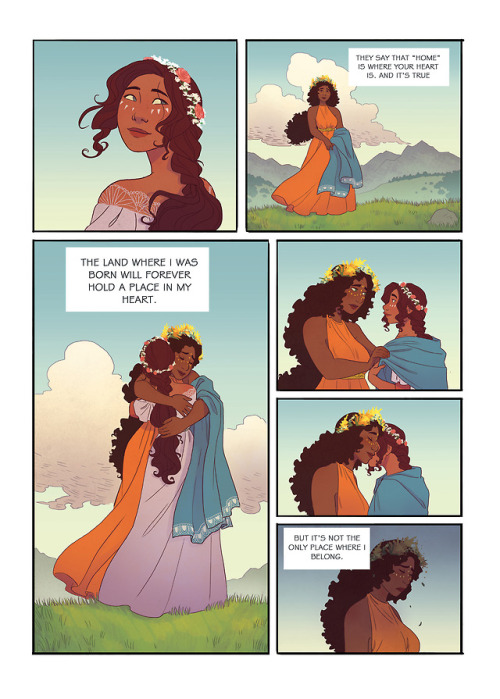
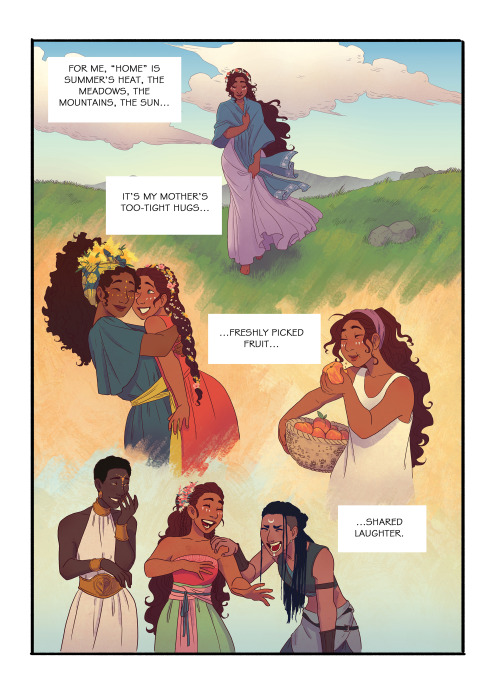
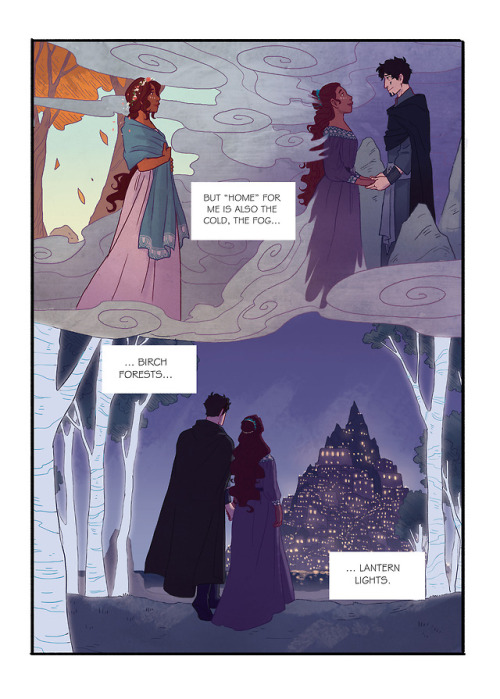
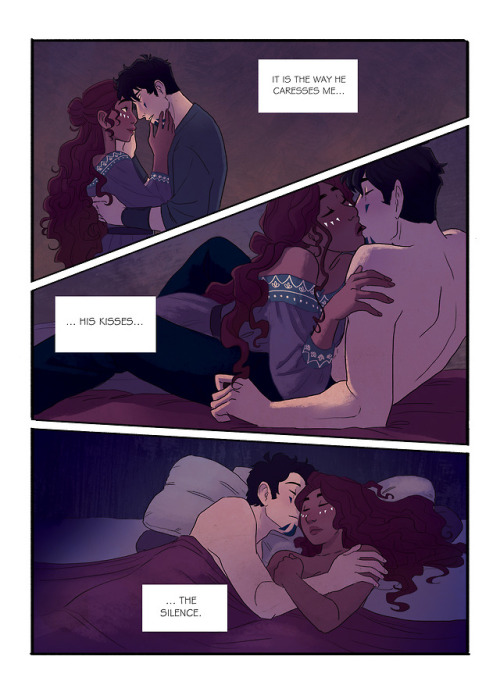
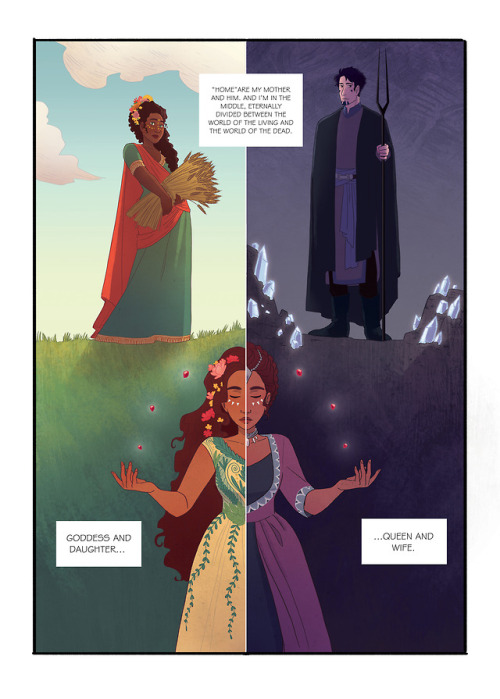
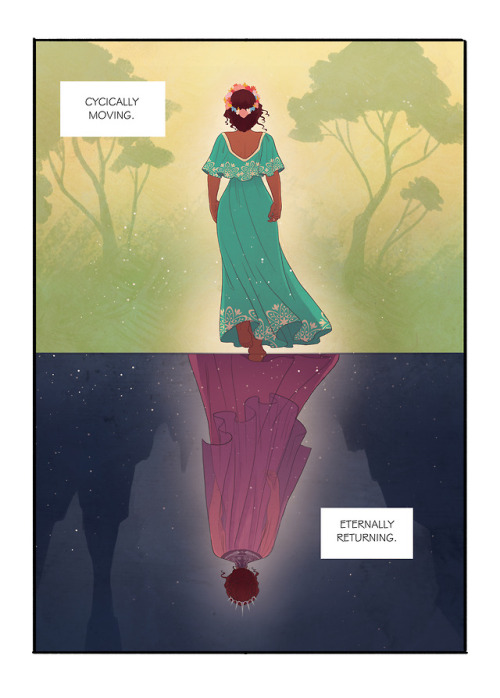
A short story I wrote this summer.
Outlining Resources
Nanowrimo Prep Workbook (outlining: session 3, page 19)
Choosing the Best Outlining Method for You
Outline Your Story Like a Subway Map
How to Build a Plot from an Idea
How to Build a Plot from Characters/Setting
~~~
~Grand List of Writing Resources~
i know it’s been said before, but it bears repeating: a big, big part of maintaining your confidence & self esteem as a creator is fully embracing the concept of “you don’t have to be good like them. you can be good like you.”
for example, i’m not someone who’s particularly good at coming up with complex, elaborate plots or incredibly unique ideas. it’s just not how i choose to write. and it would be easy for me to look at someone with an elaborate, super unique plot & decide that because i don’t write like that, i’m not a good writer. after all, unique plots are good, and my writing lacks those, so my writing must not be good, right? well, no, actually. i just have different strengths, like taking a simple premise & digging super deep into its emotional depths. that’s what i do well & it isn’t any better or worse than people who do elaborate world building or come up with really creative and unexpected plots.
your writing is never going to be all things to all people. it just isn’t. inevitably, you’ll have to make creative choices that favor certain aspects of writing over others. there is truly no getting around that & it’s honestly a good thing, because it means you’ve developed your own style. but you’ll always encounter other creators who posses strengths that you don’t. it doesn’t mean one is better than the other or that your writing isn’t good enough.
comparing yourself like that would be like taking a piece of pizza & a cupcake & going “oh no, that cupcake is so sweet & my pizza isn’t sweet at all.” or “gosh, the garlic crust on that pizza is delicious and my cupcake doesn’t have ANY garlic.” obviously your pizza isn’t sweet. obviously your cupcake doesn’t have garlic. a food can’t have every single delicious flavor at once. the cupcake is good like a cupcake. the pizza is good like a pizza. so you don’t have to be good like them. you can be good like you.
How do you turn a outline into chapters? Like how many chapters does a part of an outline turn into?
Turning an Outline Into Chapters
There's no method or template for how an outline translates into chapters. Instead, it's about breaking down the story into its natural parts.
Stories can be broken down into scenes. A scene is a mini-story that revolves around an important plot point in your story, or in other words a moment in your story that affects a main character's, their path, or the direction of the story. This moment could be:
-- a particular course of action taken by a main character -- an important conversation involving a main character -- an important event involving a main character -- a series of small related moments occurring in the same short period of time, the same place, involving the same character/s, revolving around a particular subject or theme, or from a particular character's POV.
Most scenes are (sometimes loosely) structured similarly to a story, having a small bit of introduction, an inciting incident, rising action, a dilemma, a climax, and a denouement. Like story in general, scenes should have a balance of exposition (explaining things), action (things happening), and dialogue (conversation).
Scenes end when the mini-story the scene is telling ends. Typically, this ending will also naturally shift toward a new plot point that takes place in a different time and/or different place, potentially with different characters.
Go through your summary and find the plot points and moments around which you can build your scenes, and divide them out into their scenes.
Chapters can be a single scene or a group of related scenes. If you have several scenes that take place during a similar time period (in the weeks before and during Halloween, for example), in a similar setting (the characters have traveled to Las Vegas for the week), or involving the same plot point (a heist that plays out over three scenes), these can be grouped together into one chapter. Typically, chapters are made up of one to three scenes.
Once you have your outline broken down into scenes, you can group the scenes into chapters.
Happy writing!
•••••••••••••••••••••••••••••••••
I’ve been writing seriously for over 30 years and love to share what I’ve learned. Have a writing question? My inbox is always open!
Learn more about WQA
Visit my Master List of Top Posts
Go to ko-fi.com/wqa to buy me coffee or see my commissions
reminder to worldbuilders: don't get caught up in things that aren't important to the story you're writing, like plot and characters! instead, try to focus on what readers actually care about: detailed plate tectonics
I probably shouldn't admit this about something I wrote, but I accidentally re-read Carnivore all the time. I'll open it to look something up to reference in Gripped Tight and then start reading like "oh shit, this was good. oh dang i did that so true of me. oh wow i'd forgotten that part i love that jeez!" lol
Heres a google drive folder filled with art book pdfs, if anyone has some others that you'd like me to add to it thats missing, please let me know and send me the link
-
 yellow-pebble liked this · 1 week ago
yellow-pebble liked this · 1 week ago -
 thelondon-werewolf liked this · 1 week ago
thelondon-werewolf liked this · 1 week ago -
 luvvixen liked this · 2 months ago
luvvixen liked this · 2 months ago -
 brittanyneutron liked this · 2 months ago
brittanyneutron liked this · 2 months ago -
 lotusary liked this · 3 months ago
lotusary liked this · 3 months ago -
 theblackfloweristhesong liked this · 3 months ago
theblackfloweristhesong liked this · 3 months ago -
 sojiane liked this · 3 months ago
sojiane liked this · 3 months ago -
 gravemakamura liked this · 5 months ago
gravemakamura liked this · 5 months ago -
 musingsofherpoems liked this · 5 months ago
musingsofherpoems liked this · 5 months ago -
 yoshi-geekdom reblogged this · 6 months ago
yoshi-geekdom reblogged this · 6 months ago -
 hoerikwaggo liked this · 6 months ago
hoerikwaggo liked this · 6 months ago -
 nightmarz liked this · 7 months ago
nightmarz liked this · 7 months ago -
 guestmyre liked this · 8 months ago
guestmyre liked this · 8 months ago -
 totaleclipse573 liked this · 8 months ago
totaleclipse573 liked this · 8 months ago -
 yuiharunaai-hoshikouruk reblogged this · 8 months ago
yuiharunaai-hoshikouruk reblogged this · 8 months ago -
 n33mesis liked this · 8 months ago
n33mesis liked this · 8 months ago -
 nocturnaldaydreamer liked this · 8 months ago
nocturnaldaydreamer liked this · 8 months ago -
 lobosforeveranever reblogged this · 9 months ago
lobosforeveranever reblogged this · 9 months ago -
 lobosforeveranever liked this · 9 months ago
lobosforeveranever liked this · 9 months ago -
 lieutdreadhands liked this · 9 months ago
lieutdreadhands liked this · 9 months ago -
 mnrylx liked this · 9 months ago
mnrylx liked this · 9 months ago -
 felinesupremacist reblogged this · 9 months ago
felinesupremacist reblogged this · 9 months ago -
 chibiisanii liked this · 9 months ago
chibiisanii liked this · 9 months ago -
 inkqueen1 liked this · 9 months ago
inkqueen1 liked this · 9 months ago -
 suspensefulpen liked this · 9 months ago
suspensefulpen liked this · 9 months ago -
 alicia-c37 liked this · 9 months ago
alicia-c37 liked this · 9 months ago -
 allie-glace liked this · 9 months ago
allie-glace liked this · 9 months ago -
 ary369 liked this · 9 months ago
ary369 liked this · 9 months ago -
 aychristee liked this · 9 months ago
aychristee liked this · 9 months ago -
 n00nday liked this · 9 months ago
n00nday liked this · 9 months ago -
 kinderiiriesenii liked this · 9 months ago
kinderiiriesenii liked this · 9 months ago -
 kayapostsstuff liked this · 9 months ago
kayapostsstuff liked this · 9 months ago -
 justonemorewallflower liked this · 9 months ago
justonemorewallflower liked this · 9 months ago -
 strugglingwritercore liked this · 9 months ago
strugglingwritercore liked this · 9 months ago -
 108am liked this · 10 months ago
108am liked this · 10 months ago -
 infinityshadows liked this · 10 months ago
infinityshadows liked this · 10 months ago -
 newdawnhorizon reblogged this · 10 months ago
newdawnhorizon reblogged this · 10 months ago -
 little-art-addiction liked this · 10 months ago
little-art-addiction liked this · 10 months ago -
 shrimps-and-prawns liked this · 10 months ago
shrimps-and-prawns liked this · 10 months ago -
 ask-bee-hybrid-enki-the-keeper reblogged this · 10 months ago
ask-bee-hybrid-enki-the-keeper reblogged this · 10 months ago -
 2andy4t5 liked this · 10 months ago
2andy4t5 liked this · 10 months ago -
 thunderbird05 liked this · 10 months ago
thunderbird05 liked this · 10 months ago -
 realityiagons liked this · 10 months ago
realityiagons liked this · 10 months ago -
 stillwritingpagesz liked this · 10 months ago
stillwritingpagesz liked this · 10 months ago -
 chocolateflowertimemachine liked this · 10 months ago
chocolateflowertimemachine liked this · 10 months ago -
 sadgremlinanonymous liked this · 10 months ago
sadgremlinanonymous liked this · 10 months ago -
 iddy-g liked this · 10 months ago
iddy-g liked this · 10 months ago -
 theairwrites reblogged this · 10 months ago
theairwrites reblogged this · 10 months ago
